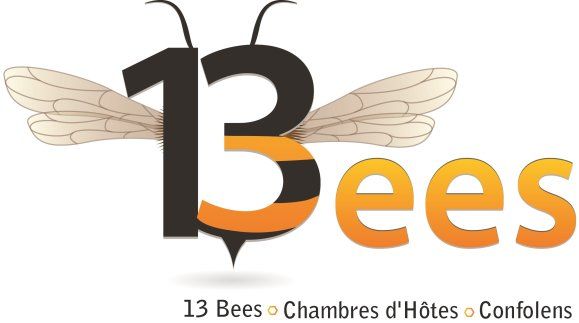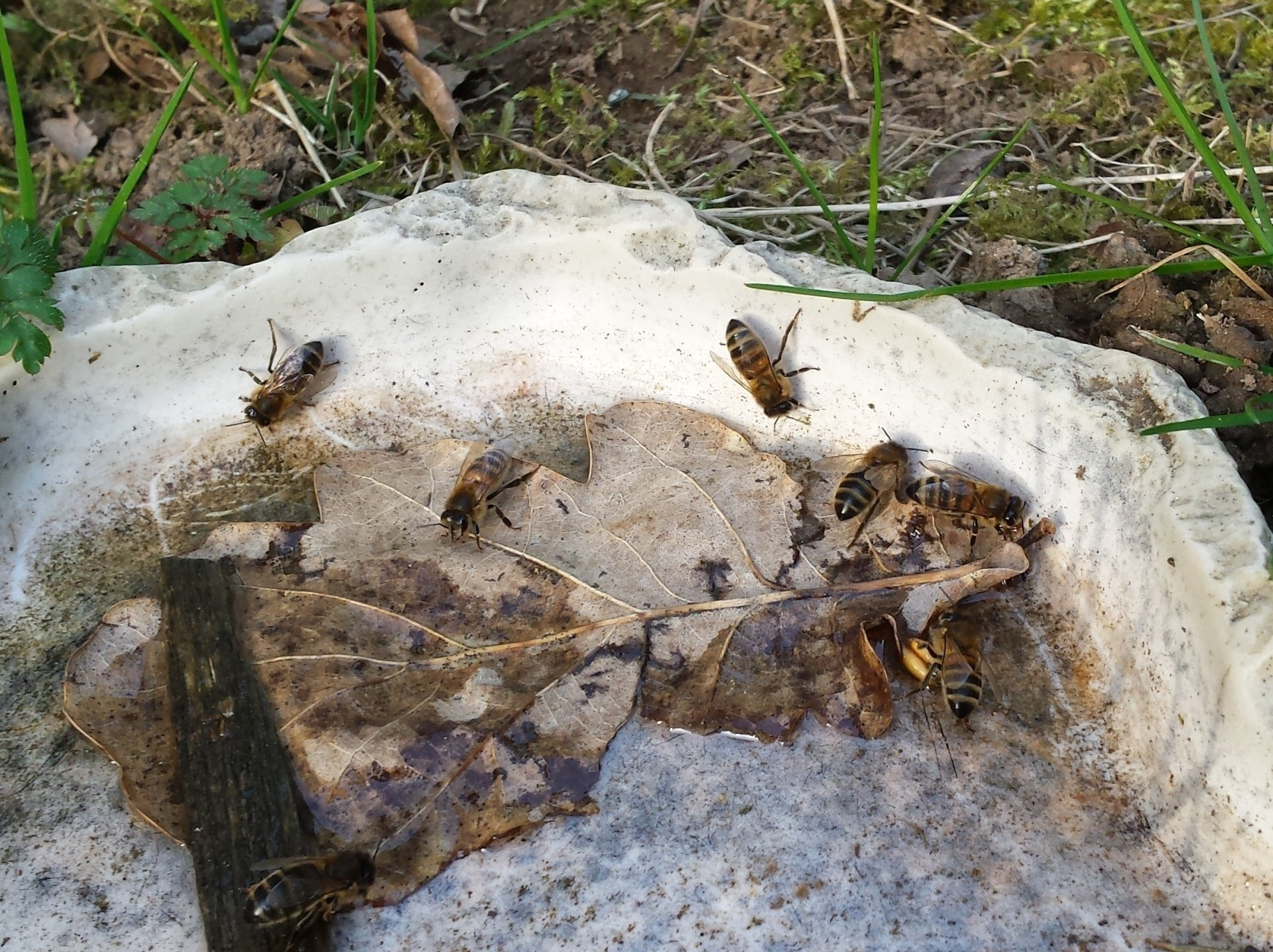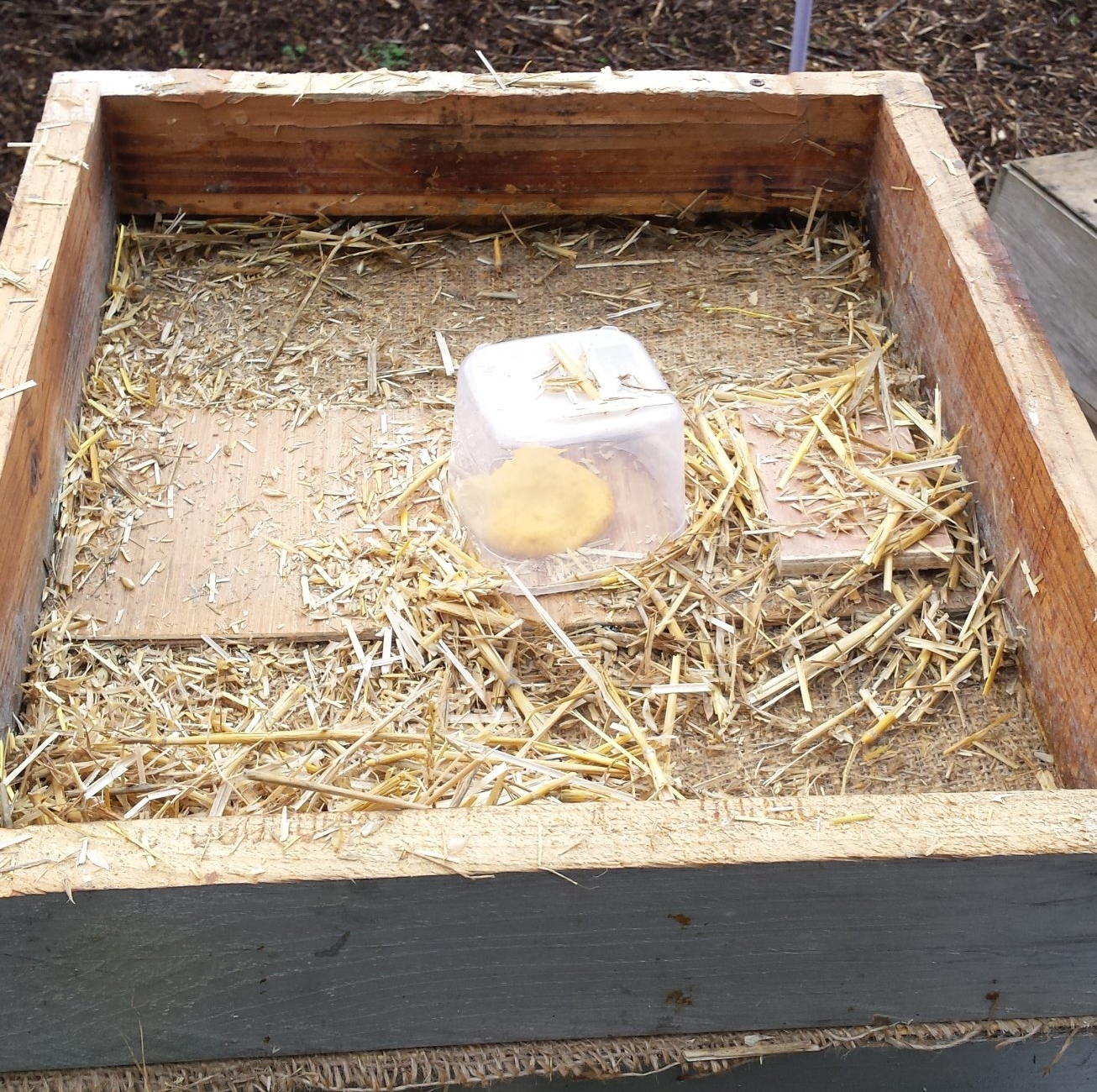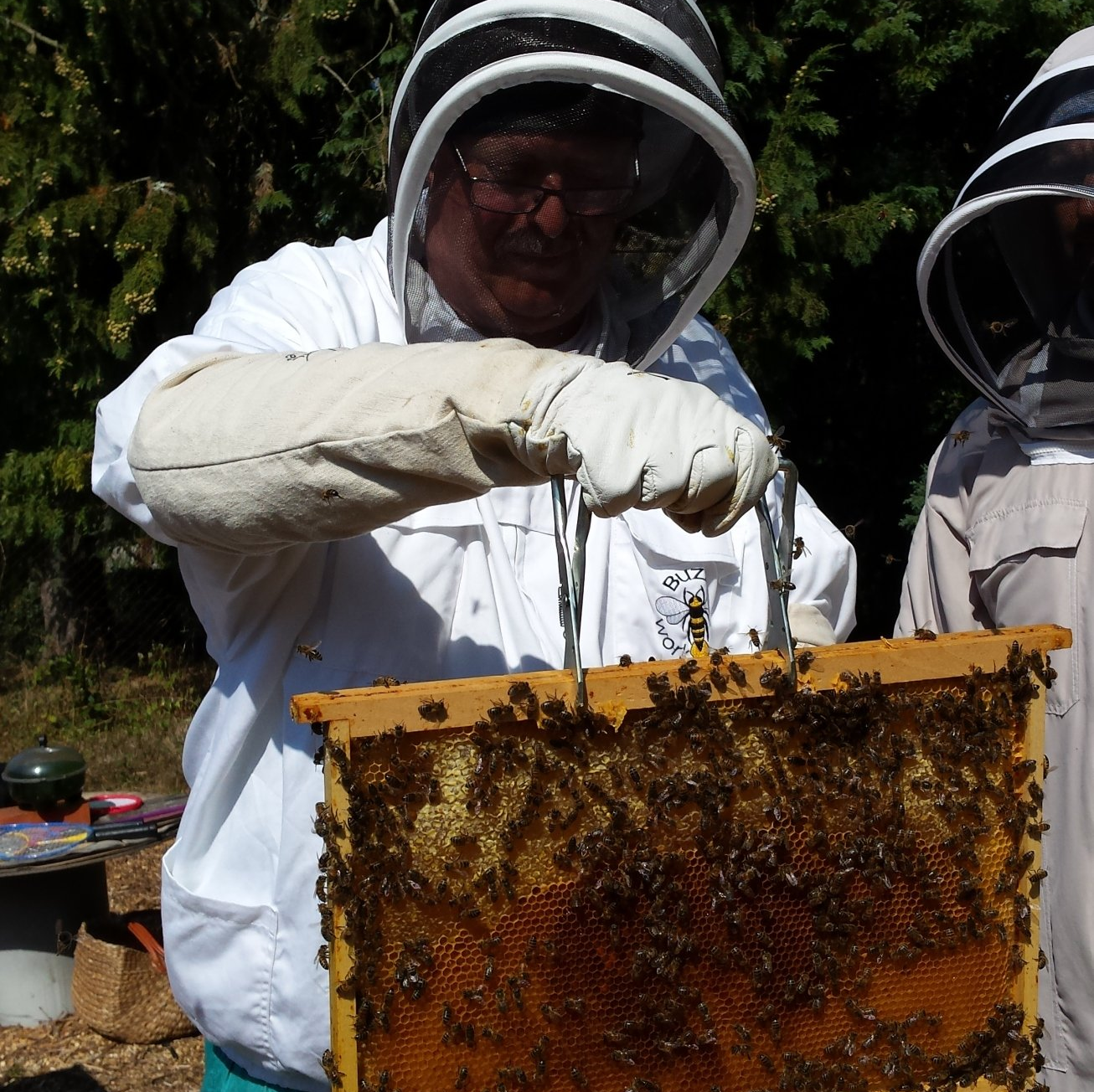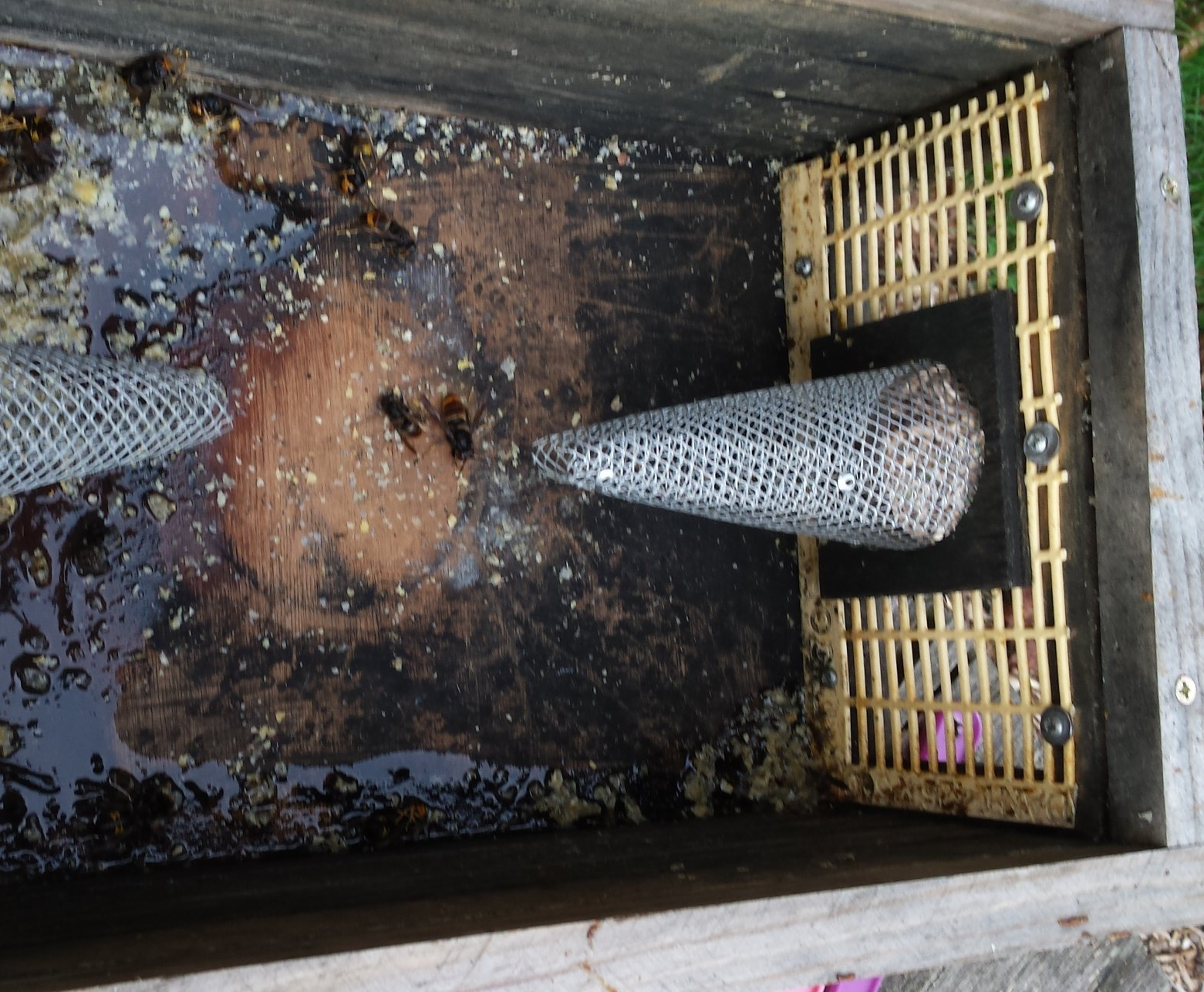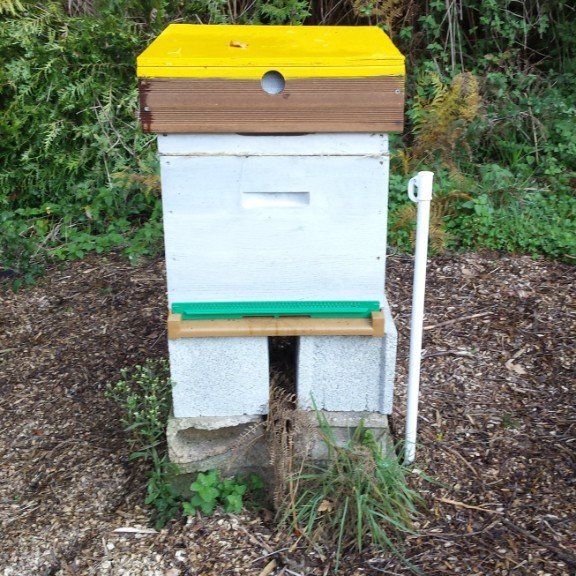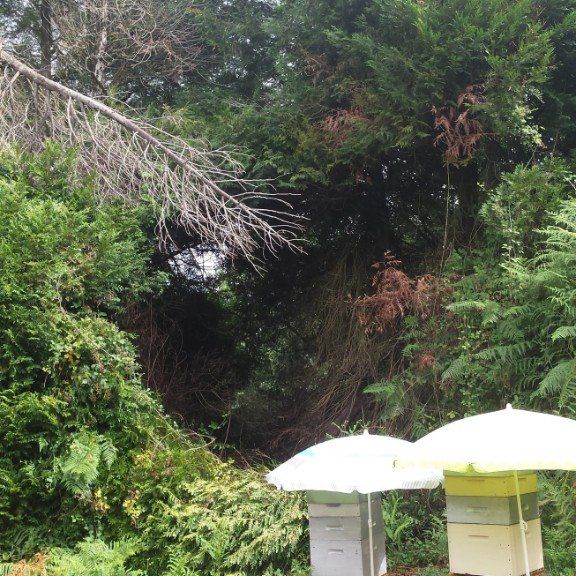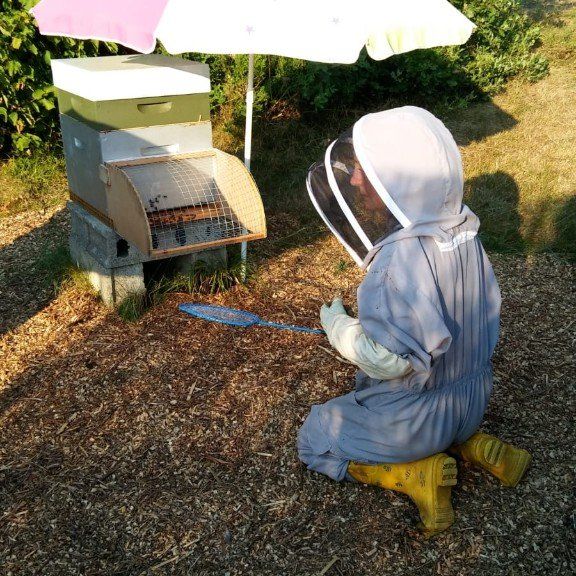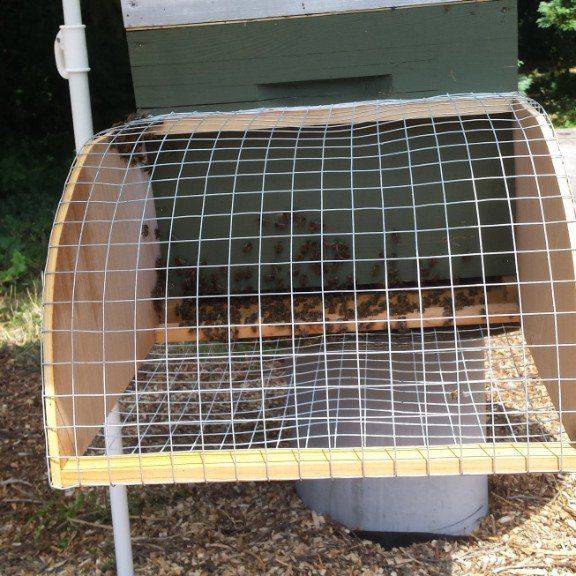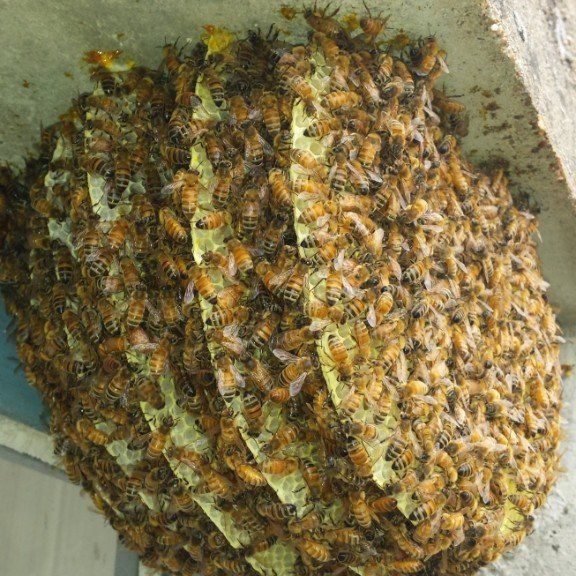Walking Bees!
- by Thirteen Bees
- •
- 19 Apr, 2017
- •
How to break a behaviour pattern...
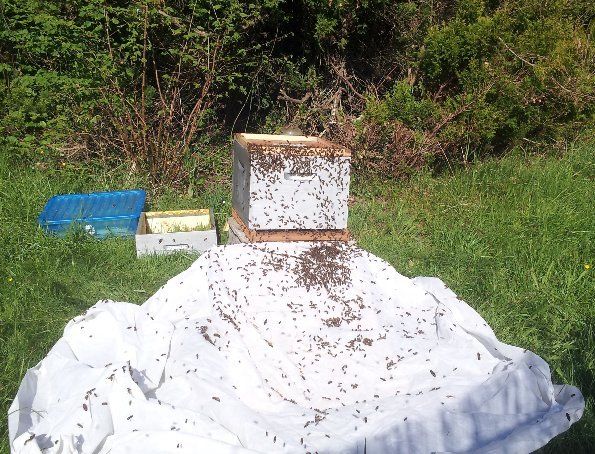
During the last fortnight, when carrying out our hive inspections, we noticed that one of our colonies had a large propensity of drone brood and not much else. This usually means that instead of a queen laying the eggs, the majority of which would turn into flat sealed worker brood in an even pattern, there were laying worker bees in the colony. Worker bees are able to lay eggs as they are female and have ovaries, but as they cannot mate they can only produce drone bees, males, and therefore the colony is doomed. They lay in an inconsistent pattern, and the sealed brood looks distorted as the cells expand to accommodate the drone larvae. We couldn't find the queen, or any flat sealed brood, so drew the conclusion that the colony was queenless.
The last time we had a queenless colony we were able to correct this by uniting them with another colony given to us by a Bee Club colleague, but this time round the 'proximity rule' means we are unable to unite our own colonies. This rule is about moving bees - you can move them three metres or three miles, either just next door to where they were or a long way away. Anything in between, e.g. 100 metres, and the bees will become disoriented and lose their way home. So, that option isn't open to us. The next way to requeen a colony is to persuade them to raise a queen from some donor eggs, and this is a tried and trusted method. The only issue we had was a bunch of laying worker bees who believed they were little princesses - why would they want to raise a queen when they were quite happy laying themselves, thank you very much?!
The harsh reality is that we had to remove the laying workers before putting in the frames of donor eggs, and so we spread a white sheet over a ramp in front of the hive then shook out all the bees onto this sheet. Bees will naturally walk upwards and towards the dark, so the majority of the bees set off up the sheet back into the hive, leaving the disoriented laying workers behind. It seemed cruel but...in the meantime we removed a couple of frames of unwanted drone brood and replaced them with donor frames from a thriving colony. Now is the waiting time - with a bit of luck the bees' behaviour pattern has been broken and they are back on track to raise a new queen from the eggs they've been given. In a couple of weeks we'll know if our therapy has worked!
The last time we had a queenless colony we were able to correct this by uniting them with another colony given to us by a Bee Club colleague, but this time round the 'proximity rule' means we are unable to unite our own colonies. This rule is about moving bees - you can move them three metres or three miles, either just next door to where they were or a long way away. Anything in between, e.g. 100 metres, and the bees will become disoriented and lose their way home. So, that option isn't open to us. The next way to requeen a colony is to persuade them to raise a queen from some donor eggs, and this is a tried and trusted method. The only issue we had was a bunch of laying worker bees who believed they were little princesses - why would they want to raise a queen when they were quite happy laying themselves, thank you very much?!
The harsh reality is that we had to remove the laying workers before putting in the frames of donor eggs, and so we spread a white sheet over a ramp in front of the hive then shook out all the bees onto this sheet. Bees will naturally walk upwards and towards the dark, so the majority of the bees set off up the sheet back into the hive, leaving the disoriented laying workers behind. It seemed cruel but...in the meantime we removed a couple of frames of unwanted drone brood and replaced them with donor frames from a thriving colony. Now is the waiting time - with a bit of luck the bees' behaviour pattern has been broken and they are back on track to raise a new queen from the eggs they've been given. In a couple of weeks we'll know if our therapy has worked!


